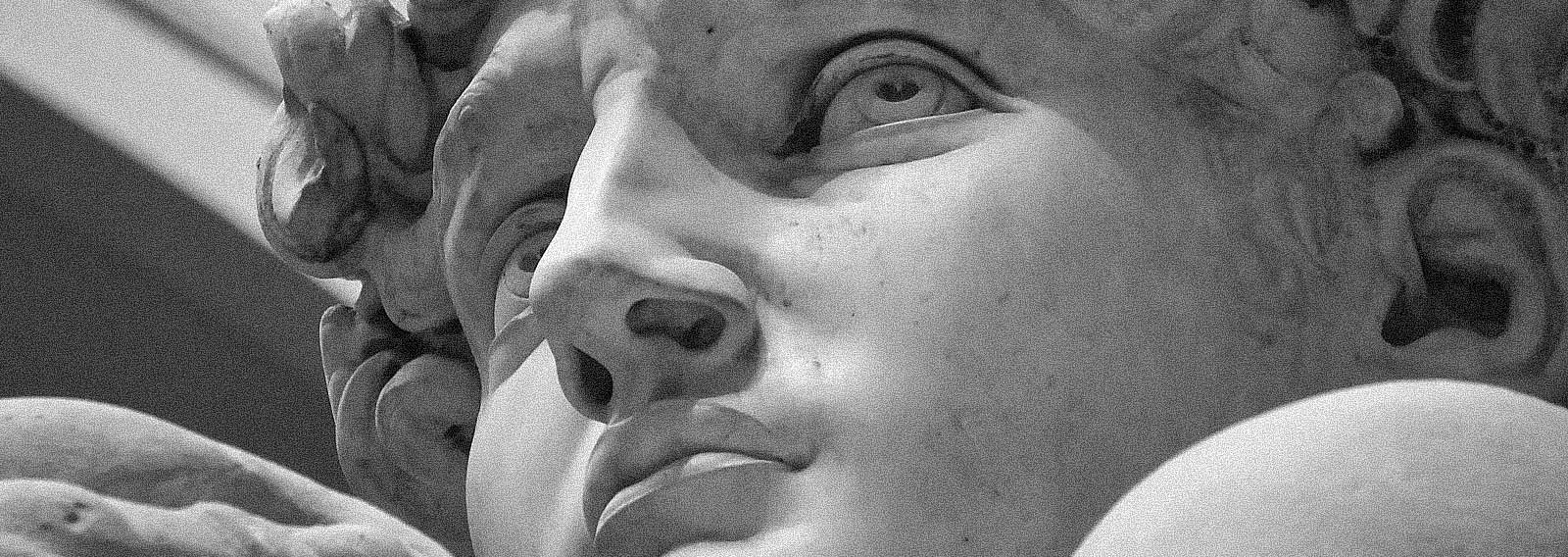There are those in influential positions in Australia who want to make life harder for people of theistic faith. This includes young people. Such ‘influencers’ do not realise we all have basic assumptions through which we live. These assumptions inform what we think is right and wrong, good and true, beautiful and ugly. Such thoughts guide us to consider one thing more valuable than another.
For example, a materialist feminist will believe that she is mistress over her own body, and like the materialist men around her, can choose to do with her body whatever she wants. That includes dealing with an unborn child in whatever way she sees fit (although she is likely not to think of the foetus as an ‘unborn child’). She is not, in her mind, made by Anyone, and owes that Anyone nothing in terms of fidelity of action.
For a Christian woman, her body is a gift over which she is to be steward in accordance to how her Creator made her. Any unborn child is sacred and must be respected, with the same full worth that she deserves as being made in the image of God, like all human beings, regardless of sex, status or capacity.
Those starting assumptions change everything. We tend not to call these different viewpoints religions these days, but ideologies. But an ideology is basically a belief system in which we put our faith. And where our faith lies, there goes our heart. Where our heart is, is our source of ultimate meaning. Meaning giving is what religion contributes to human life – religion makes sense of who we are in this universe and guides our personal and communal paths through it. The cultural neo-Marxist is guided for meaning and action by their non-theistic religion. The Christian is guided by their faith in Jesus Christ.
Despite such comparisons, the New Atheists like Richard Dawkins and Christopher Hitchens made popular the notion that theistic religion is unnecessary and even harmful. But that is simply not true. We can debate the lie theologically (perhaps at another time). But now we can also point to the growing social observations that surprise their atheist authors. Religion helps people, including young people.
One of my favourite examples of late is in Jon Haidt’s latest book, The Anxious Generation (Allen Lane, 2024). He transparently notes at the start of chapter 8 that:
“I am an atheist, but I find that I sometimes need words and concepts from religion to understand the experience of life as a human being. This is one of those times.” (p.201)
Why does he need the language of religion? It is because the researchers on which he draws keep describing the helpful aspects of religious life. For example, Haidt quotes DeSteno’s finding that:
“… there is abundant evidence that keeping up certain spiritual practices improves wellbeing. … reducing self-focus and selfishness, which prepares a person to merge with or be open to something beyond the self.” (p. 202)
But he does not stop there. Haidt describes this phenomenon of transcendence as ‘spiritual elevation’, or ‘sacredness’ in his earlier works. He is honest enough to admit that he might argue from whence comes the transcendent ‘hole in the heart’. But of this hole, he notes:
“There is a hole, an emptiness in us all, that we strive to fill. If it doesn’t get filled with something noble and elevated, modern society will quickly pump it full of garbage.” (p.216)
It was St Augustine of course who first noted in his famous autobiography (Confessions) that my heart is restless until it finds rest in thee. However, Haidt still prevaricates about whether it is faith per se that helps young people, or the way religion is organised. As he said in a latter written piece on his After Babel Substack account:
The secret is likely not any particular belief system itself but the way organized religion and shared beliefs bind communities together. [i]
When focussing on the impact of social media on young people’s lives, given this theory, Haidt and his colleagues suggest that it is the depth of social relationships within community that explains why religious teens did not rush to social media as much, and thus have less mental health detriment from those platforms. They suggest that secular parents need to be more intentional to find such rich ‘real-world’ belongingness.
Yet a footnote at the end of the article brings the core question to light – because what is undescribed in this research is the nature of religion itself, not just its manifestations in terms of how people relate to each other within it (although this important of course) – here is the question:
“This research has led me to questions that I regularly grapple with and do not know the answer to: What are the ingredients needed to create long-lasting and stable real-world communities? To what extent is religion necessary? And what might we—adults—need to sacrifice to provide community for our children?“
I suggest that the Jewish researcher Ilana Horwitz was one step closer to understanding the role of theistic religion. Her research identified that young people who were ‘abiders’ did better at school and college, and the impact was stronger than the standard categories of economic status, ethnicity and sex. She at least notes that it is the role of belief itself that is important while also belonging to these communities:
“… On all indicators, abiders across social class groups fared better than nonabiders. … abiders are significantly less likely to experience emotional, cognitive, or physical despair. They feel less anxious, healthier, and more optimistic about life. Without a doubt, their deep relationship with God helps them overcome several challenges they bump up against. Abiders are simply more resilient. This is driven by their involvement in a religious social community but also their steadfast belief in God.” [ii]
This begs the question of why belief is important. The world-leading sociologist Christian Smith took four hundred pages to explain it to his fellow sociological colleagues. The reason we need to consider the fundamental role of belief is because of an anthropological assumption that examines whether we more than physical, or is there a non-physical aspect to human existence? Smith concluded that:
“In short, human persons are actual, new realities existent in the world and universe, what we might even think of- if we were not so allergic to the term- as embodied soul-like realities…” [iii]
Embodied souls? That is a basic assumption worth exploring, even in a spiritually dry place like Australia. The reasons we do not do that here in our social sciences is a topic for another time.
[i] “Religion protects young people’s mental health”: DOWNLOADED FROM Jon Haidt from After Babel <jonathanhaidt@substack.com> 12/6/2024
[ii] Horwitz, L.M. (2022) God, Grades and Graduation: Religion’s Surprising Impact on Academic Success. Oxford University Press, pp. 179-180
[iii] Christian Smith, (2011). What is a Person: Rethinking humanity, social life and the moral good from the person up. Chicago: Chicago University Press, p. 16.






















